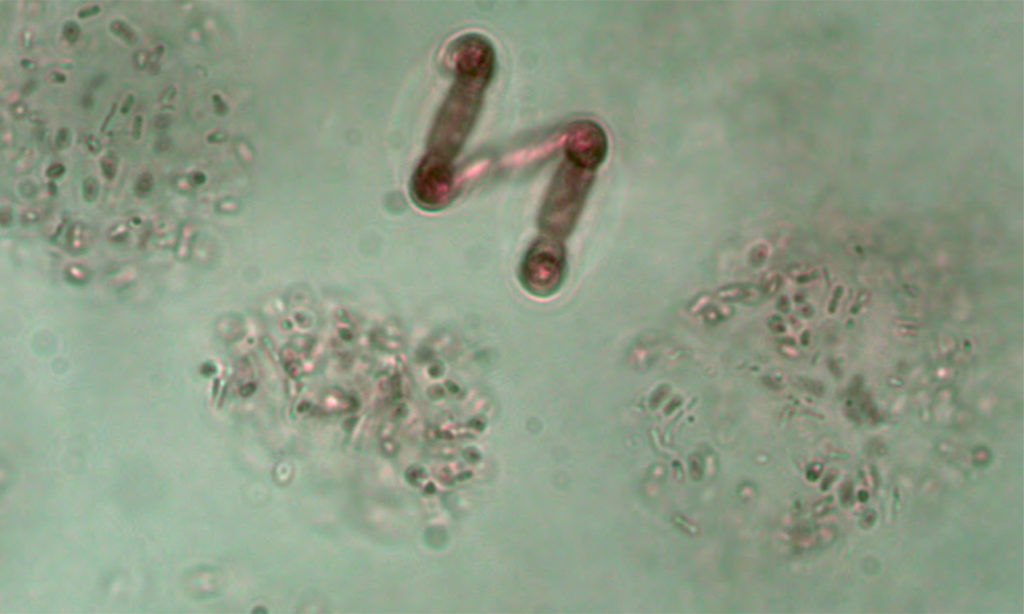The Boulder County Parks & Open Space Department offers grants for research on county open space lands each year. All proposals are reviewed by a team of resource specialists, and awarded research projects are monitored during their activities on open space.
The following is a summary of a 2020 study conducted by Maggie Anderson, Dr. Sarah Spaulding and Dr. Diane McKnight at the University of Colorado. Their project focused on ecological status of Lagerman Reservoir.
Introduction
Lagerman Reservoir is located in the plains in eastern Boulder County and is an important recreational area for the local and regional community. For the past several years, Lagerman Reservoir has experienced hydrologic change, as less water has entered the reservoir from Dry Creek and ditch inflows. The reduction in inflow has led to a series of ecological changes. Specifically, since water was no longer released through the outflow (spillway), evaporation has the effect of making the water more chemically concentrated. As a result, the increased concentration of salts, and potentially nutrients, is responsible for the reservoir experiencing decrease in lake level, periodic algal blooms, low dissolved oxygen, and death of fish. All of these changes impact the condition of the site and the public who visit. Furthermore, the shallow, western shore of Lagerman Reservoir has long been valued as a productive habitat for nesting shore and fishing birds. Changes in water level are intimately tied to the amount and quality of habitat for feeding and nesting. Consequently, there is a need to determine the ecological condition and to evaluate potential actions to restore aquatic life.
The urgency of determining potential toxicity of present algal species cannot be overstated. The reservoir is a popular destination for fishing, kayaking, paddle boarding, and bird watching. Dogs may also be put at risk when they drink or swim in the water. Throughout the world, the presence of blue-green algae (cyanobacteria) has been increasing as climatic and environmental changes have led to favorable conditions for these algal species. Causes of algal blooms may include warmer temperatures, excess nutrients from agricultural runoff, increased salinity or changes in rainfall. As algae dominates an ecosystem, harmful algal blooms (HABs) may form, potentially leading to a release of toxins in the water. These toxins can lead to respiratory or skin irritation, abdominal pain, vomiting, and even death in animals. Once the algae assimilate available nutrients, they die. As the algal biomass undergoes decomposition by bacteria, dissolved oxygen is consumed. Oxygen is an essential requirement for fish, zooplankton, and aquatic insects. When these organisms are not able to survive, the aquatic ecosystem becomes extremely degraded.
While the frequency of cyanobacterial monitoring is increasing, it is not widespread enough to be completed on all water bodies. Of the sites in Colorado, seven have indicated toxic levels of algae and four have been in the metro-Denver area (Colorado DPHE, 2020). To help out with the large task of monitoring sites for algal blooms, the EPA has created the Cyanobacteria Assessment Network Mobile Application (CyAN app). This application uses satellite imagery in coordination with NASA, NOAA, and USGS to indicate phycocyanin (the pigment of blue-green algae) concentrations for over 2,000 lakes and reservoirs in the United States. Lagerman Reservoir is included in the CyAN network, and thus the satellite data is an additional resource for monitoring blooms.

